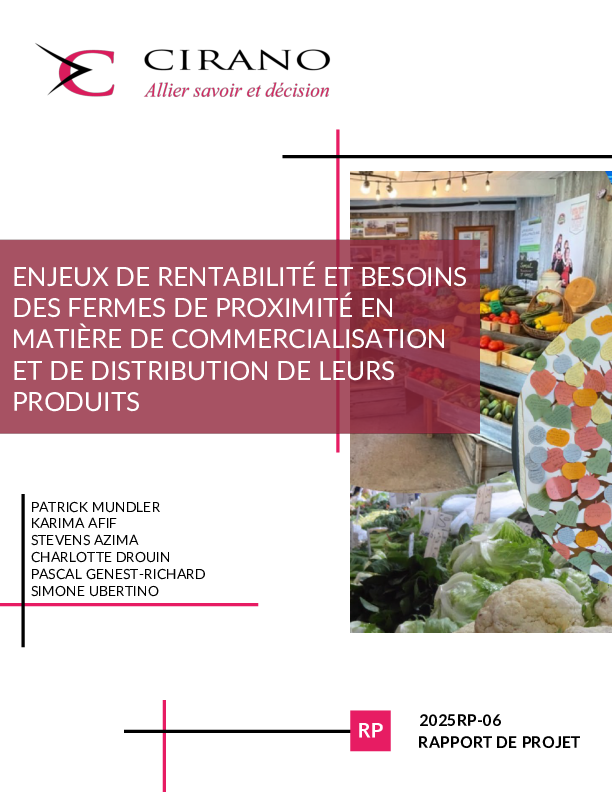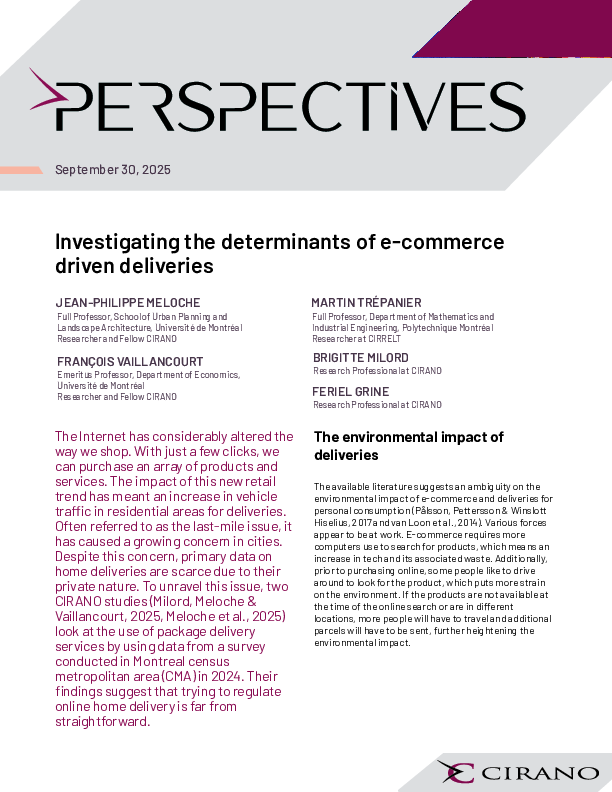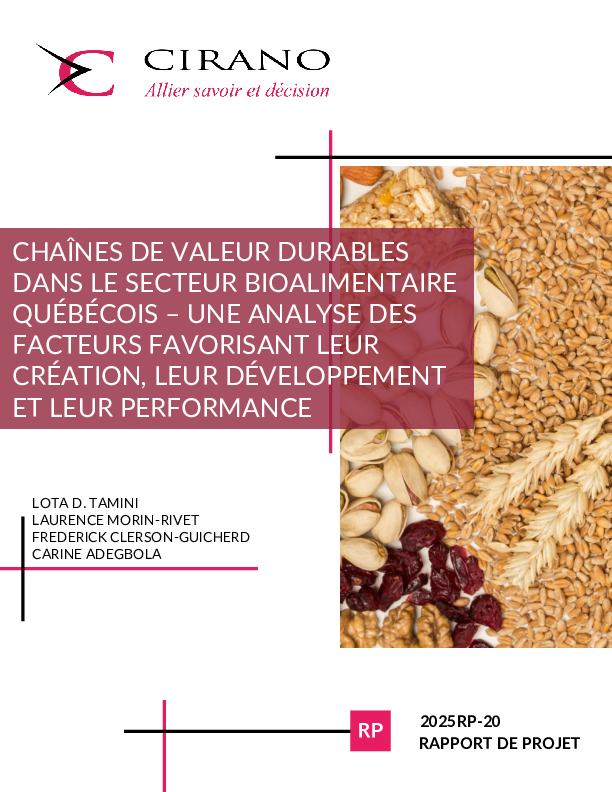Enjeux de rentabilité et besoins des fermes de proximité en matière de commercialisation et de distribution de leurs produits
Local farms', which sell directly to consumers without any intermediary between producer and consumer, represent 21% of all Quebec farms in 2021, compared to 19% in 2016, according to the most recent data. Marketing initiatives that bring consumers and producers closer together are the subject of renewed interest in Quebec and elsewhere, whether from the agricultural sector, public authorities or consumers. These initiatives generally aim to offer consumers an alternative way of acquiring their food products by reducing the ‘distance’ between the farm and the consumer, along three dimensions:
1) geographical, by seeking to ‘reterritorialise’ food;
2) relational, by seeking to reduce the number of intermediaries between those who produce and those who consume;
3) cognitive, by making the link between agricultural products and food more perceptible, by working in a more artisanal way and by linking time and space with local and seasonal products.
In this study, the authors seek to identify the marketing issues facing local farms and assess the organisational and economic feasibility of supporting the implementation of tools for pooling some activities, with the aim of both improving productivity and helping to serve new markets, including institutional supply. The authors put forward some ideas for public authorities to consider. In particular, they suggest that the government could progressively complete its Stratégie nationale d'achat d'aliments québécois (SNAAQ), in order to refine the objectives assigned to managers and better differentiate between the purchase of local products, from artisans or local farms, and the supply of Quebec products, which do not necessarily differ in terms of their production methods and their economic and social impact on regional development.




